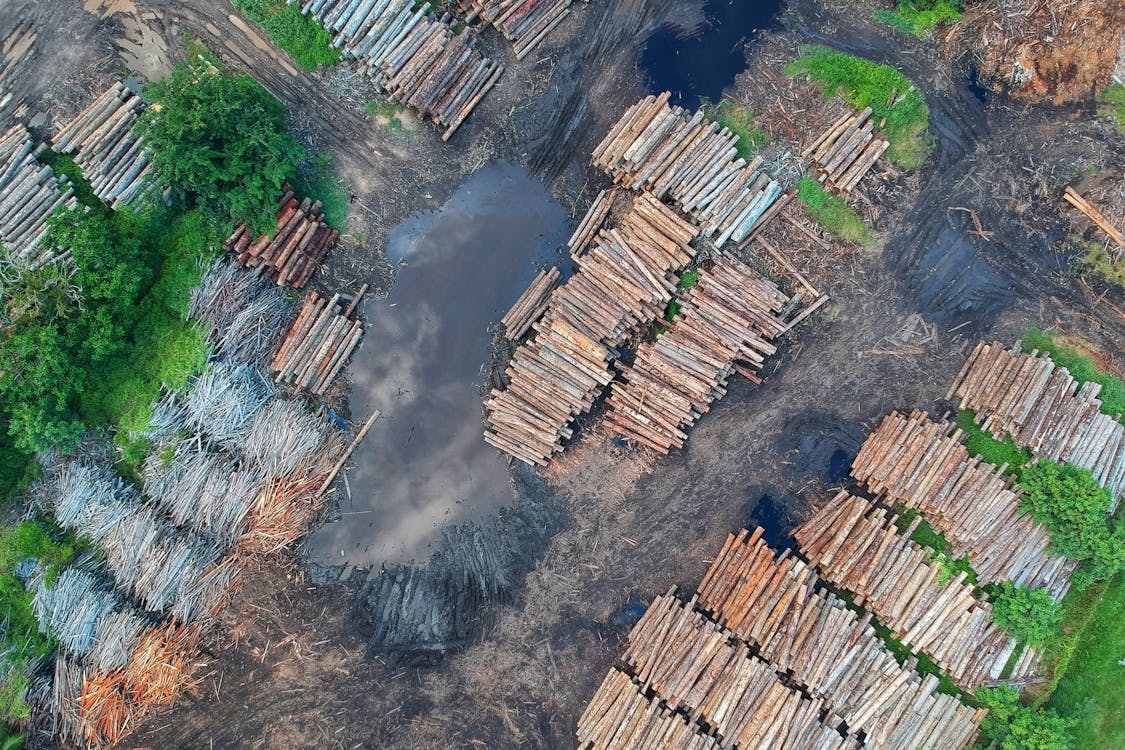Deforestation is one of the most pressing environmental issues of our time, with far-reaching consequences for biodiversity, climate change, and the livelihoods of millions of people around the world. The rapid depletion of forests has raised alarm bells among scientists, environmentalists, and policymakers. In this article, we will explore the gravity of the deforestation problem and delve into potential solutions to address this critical issue.
The Deforestation Problem
Environmental Impact:
Forests are the lungs of our planet, absorbing carbon dioxide (CO2) and releasing oxygen, making them crucial in the fight against climate change. However, deforestation releases large amounts of stored carbon into the atmosphere, contributing significantly to global warming. Moreover, the loss of forests reduces the Earth's capacity to absorb CO2, exacerbating the problem further.
Biodiversity Loss:
Forests are home to a diverse range of flora and fauna, many of which are unique and irreplaceable. When trees are cut down, habitats are destroyed, and countless species face the threat of extinction. This loss of biodiversity disrupts ecosystems and affects the balance of nature.
Socioeconomic Consequences:
Deforestation has profound social and economic impacts. Indigenous communities and local populations often rely on forests for their livelihoods, including food, medicine, and shelter. Displacing these communities disrupts their way of life and can lead to poverty and social unrest.
Water Resources:
Forests play a critical role in maintaining water cycles. Their root systems help absorb and filter rainwater, reducing the risk of floods and ensuring a steady flow of freshwater to downstream areas. Deforestation disrupts this natural process, increasing the likelihood of both droughts and floods.
Solutions to Deforestation
Reforestation and Afforestation:
One of the most direct ways to combat deforestation is through reforestation, which involves replanting trees in areas that have been cleared. Afforestation involves planting trees in areas that were not previously forested. Both approaches can help rebuild ecosystems, capture carbon, and restore biodiversity.
Sustainable Logging Practices:
Encouraging sustainable logging practices is crucial to protecting forests. This involves regulating the logging industry to minimize the ecological impact, ensuring that trees are replanted after harvesting, and monitoring the extraction of non-timber forest products.
Protected Areas and Conservation:
Establishing protected areas and conservation reserves can safeguard critical forest ecosystems. Governments and organizations can work together to create and enforce regulations that limit human activity in these areas, allowing nature to thrive.
Responsible Agricultural Practices:
Expanding agriculture is one of the leading drivers of deforestation. Promoting sustainable farming practices, such as agroforestry and organic farming, can help reduce the need for land clearing and minimize the ecological footprint of agriculture.
Economic Incentives:
Economic incentives can play a pivotal role in curbing deforestation. Governments can offer financial rewards to landowners who commit to conserving their forests or reforesting their land. Additionally, consumers can support companies that source products from sustainable and deforestation-free supply chains.
International Cooperation:
Deforestation is a global problem that requires international cooperation. Countries can work together to set ambitious targets for reducing deforestation rates, share best practices, and provide financial support to countries with high deforestation rates to help them transition to more sustainable practices.
Conclusion
Deforestation is a complex and multifaceted problem with far-reaching consequences for the environment, biodiversity, and human societies. However, it is a problem that can be addressed through a combination of strategies, including reforestation, sustainable logging, conservation efforts, responsible agriculture, economic incentives, and international cooperation. It is imperative that we take action now to protect and restore our forests for the sake of our planet and future generations. By working together, we can make significant strides in solving the deforestation crisis and building a greener, more sustainable future.

